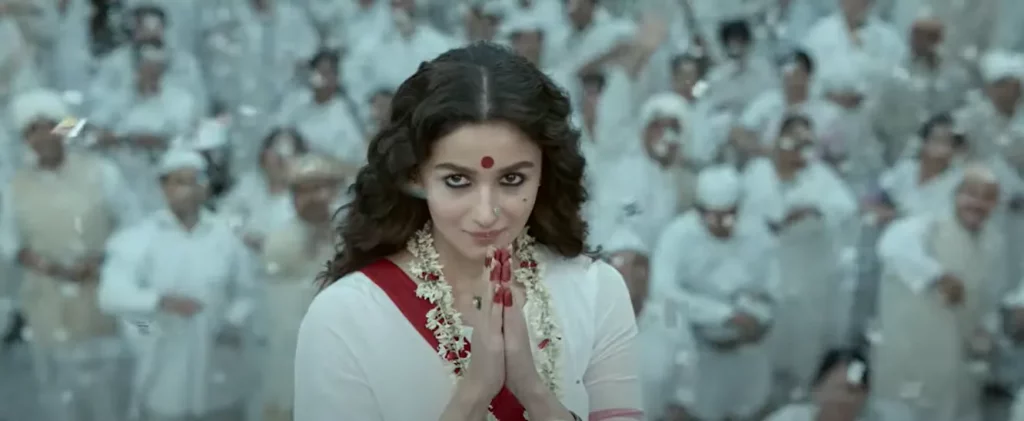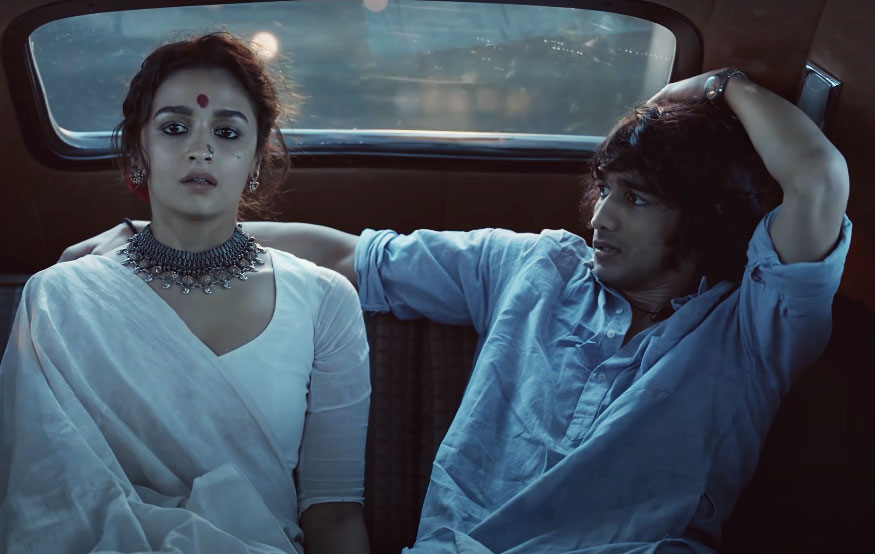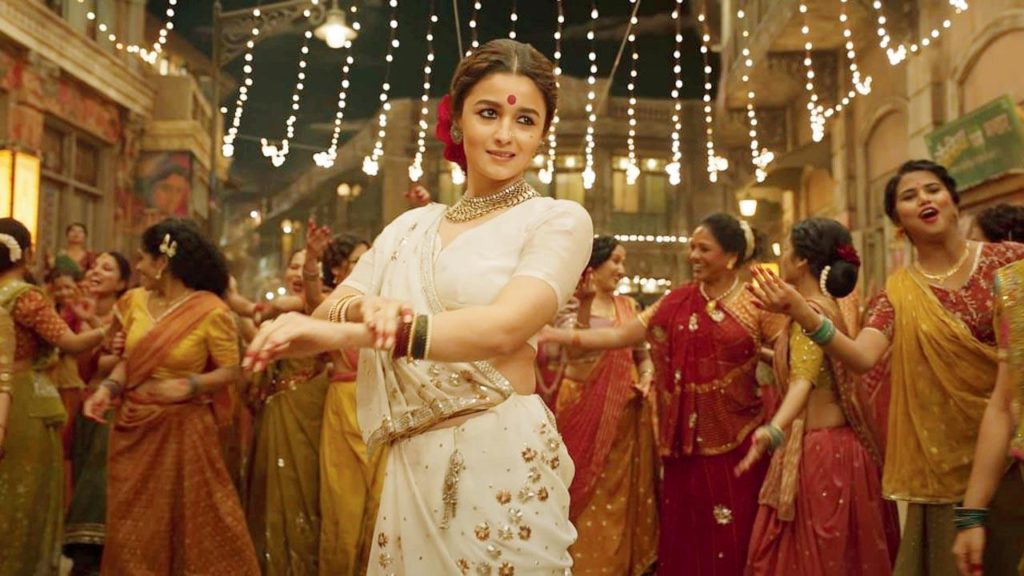‘Brahmastra’: Bollywood's Superhero Universe
Bollywood's new superhero universe is a romantic, fantasy, and action-packed journey of a young warrior who rises to save the world with superpowers.


Gangubai Kathiawadi (2022) is an Indian Hindi musical film adaptation of the novel, “Mafia Queens of Mumbai,” written by Hussain Zaidi and Jane Borges. It is also loosely based on the real-life Ganga Jagjivandas Kathiawadi, a social activist for prostitute rights in India during the 1960s. Sanjay Leela Bhansali directed the film adaptation. The movie starts with Alia Bhatt as Gangubai, a young and innocent woman born into a barrister family with aspiring dreams of becoming an actress. Unfortunately, she has her dreams crushed when she is sold off into a brothel by her boyfriend. Gangubai is forced into prostitution and tries to survive the new reality that has become her life—using her wits and a strong backer. She makes a name for herself by eventually taking over the brothel and improving the girls’ living conditions. Gangubai desires to improve the living conditions of women beyond her newfound family and thus embarks on becoming the new mayor of Kamathipura.

The film centers on Gangubai being sold off to a brothel and succumbing to the horror of forced prostitution. Gangubai starts as a young, bright, and passionate girl with big dreams for the future. Later, Gangubai develops into a headstrong and capable woman. The film mirrors the real-life Gangubai, a well-known and respected figure in Kamathipura. That’s when Gangubai tells her story; showing that she is no different than that young girl with no control over her life.
Gangubai is imperfect and comes with flaws, but these distinctions make her an inspiring figure for the other girls in the brothel and Kamathipura. Comparing Gangubai before and after she joined the brothel shows the severity and cruelty of the prostitution business. They are victims of human brutality, oppressed, mistreated, and rarely have the choice of returning to their former lives, given the prejudice that comes with women in the prostitution business. In this hostile environment, Gangubai’s character shines. Even when suffering the same hardships as the other girls, she develops into a sociopolitical figure for women in Kamathipura. Her speech while running for mayor of Kamathipura is a perfect example of a woman in power who will stand up and fight for her fellow sisters. Even when Gangubai knows she can never erase the prejudice that comes with being a prostitute, at the very least, she desires to improve their living conditions.

There are specific restrictions on what can be shown on screen. For Gangubai Kathiawadi, there is a strong indication of affection between Gangubai and Afsaan Razzaq, played by Shantanu Maheshwari. They never share a passionate kiss, but they share small gestures of love. We often saw this common form of romance in Bollywood films. The intimate affection censorship in Bollywood isn’t a legal restriction, but it’s more of a cultural preference. Demonstrations of love are better in small gestures than being front and center on the big screen.
Given that films in India weren’t as prominent even after India gained independence, it would take several years for Bollywood to grow as an industry. So minor demonstrations of affection were a joint presentation in early Bollywood films. It wasn’t until 1978, when films first brought a kissing scene to the screen, that it brought significant complications, with the public majority against these actions.

One unique aspect of Bollywood musical films is the beautiful, well-developed musical scenes mixed into the storylines. In most cases, these musical scenes are moments where the characters can express themselves in words without a long string of dialogue. On other occasions, it’s not the main characters singing but someone else, but they still express core points in the story to the audience.
Gangubai Kathiawadi is a Bollywood musical film with four separate musical scenes. These four scenes present Gangubai’s mentality at different stages. In the first musical scene, Gangubai is still a bright and energetic young woman who hasn’t experienced the cruelty of life. Her singing and dancing are full of color and vibrancy as she dances with her fellow people. Her joy and childishness are openly expressed on her face without restraint. These scenes differ from later dancing scenes in the film, when Gangubai is no longer a vibrant young lady, but rather a more mature and refined woman.
While the first musical scene focuses on Gangubai’s character development, the second and third musical scenes focus on the development of Gangubai’s love life. Gangubai and Afsaan Razzaq’s growing affection for each other takes center stage in the second musical scene. Gangubai and Afsaan’s growing love is seen in the song lyrics and the occasional gestures, such as lingering hands and facial expressions.
The third musical scene differs as Gangubai and Afasaan are no longer the main focus of the musical but are just spectators to their love story. They are no longer a young couple in love but two individuals who understand that they can’t be together due to differences in social status.
In the last musical scene, she is no longer one of many dancing women, but is center stage, wearing white clothes while others in colorful clothing watch her. Visual scenes can also be a form of storytelling, showing how much Gangubai’s character has grown. She no longer expresses herself through facial expressions as she did before. She is more restrained and reserved. This musical scene shows how much Gangubai has changed, becoming someone who can stand out among her peers and be a sociopolitical figure in India who fights for the rights of prostitutes.
Related lists created by the same author
Bollywood's new superhero universe is a romantic, fantasy, and action-packed journey of a young warrior who rises to save the world with superpowers.
Related diversity category
Horse racing is a very difficult sport and challenge, especially for a young woman like Michelle Payne.